The Season of FEST16
An Overview of the Season
The first competition took place in the middle of July in Great Britain. Participation in this competition had been in doubt for a long time, as the Formula car was not yet in the condition that the team wanted due to extended delivery times and other setbacks. After a long series of tests with new engines, FEST16 was finally able to run, initially as a rear-wheel drive. We decided to participate in the first competition in any case, in order to put FEST16 to the test in race conditions and gain experience for future stages. When we arrived in England, we had to prepare the car for technical inspection, as several safety systems necessary for participating in the race had not been completed in Estonia due to lack of time – they needed to be done quickly on site. Unfortunately, this meant that the technical inspection was delayed, and we missed the first round of races. However, we managed to complete all the bureaucracy in time for the second day of racing. The team’s mood became increasingly positive because we finally got to the track. The autocross, or qualification for us, went quite well. We recorded a decent time and went into the endurance race with high hopes. The endurance race started successfully, and round after round, it seemed increasingly realistic that we would be able to pass the most difficult part. What seemed relatively unreal just two days ago was now within reach. Until… On the last lap of the endurance race, after a total of 21 km and 195 meters, the car started to malfunction, until it finally stopped completely… Five meters before the finish line, FEST16 was standing on the track! Unfortunately, the competition was over for us.
Upon examining the car, it turned out that the DC/DC converter had overheated. Our only option was to learn from our mistakes. On the way back from the United Kingdom, we had plenty of ideas on how to avoid overheating in the future, we also gained knowledge on how to eventually make the car four-wheel drive. Already on the way back, electronics engineers designed new circuit boards and sent them to our manufacturing partner. When we arrived back to Estonia, we needed to fix the car as fast as possible, as a new race in Hungary was coming up soon. Two weeks after arriving from Great Britain, after many sleepless nights in the garage, we finally managed to get all the wheels of FEST16 to drive. After that, we had daily tests at Rapla karting track and were ready to head to FS Hungary.
The FSH stage was very different for us from the England competition, like night and day. When we arrived, we had a working car, and thanks to the efforts made at Silverstone, we passed the technical inspection quickly and without any issues. We also had enough time to focus on the static areas. The car moved smoothly on the track as well, but since we were not 100% confident in all of the car’s reliability indicators yet, we couldn’t push it to its limits. However, we remained competitive and managed to secure a solid fourth place out of 50 teams. Although we missed out on the podium by only a few points, given the circumstances, we were satisfied with the result.
After a successful race, there was no time to rest. We had to head to the next race in Spain. The expected heat greeted us in Spain (or maybe it wasn’t quite as expected). The temperature was almost 40 degrees Celsius in the sun. Like in Hungary, the technical inspection went smoothly, and all the first driving events were successful. It was pleasing to see that we were visibly faster on the track than in Hungary – the adjustments made to the car in the meantime proved useful. However, we suffered a setback again during the endurance race. This time, it was due to the aforementioned hot weather in Spain. Although we had prepared for the high temperature and installed additional radiators in the car, it wasn’t enough. The car’s controller temperature rose to near the maximum limit, causing the formula to decrease its power and slow down. Therefore, we had to settle for 13th place overall out of 70 teams in Spain.
However, our season didn’t end with the race in Spain. In early September, the Baltic Open organized by the FS Veterans took place in Põltsamaa, Estonia. Nearly 20 teams participated, including teams from Latvia, Lithuania, Germany, and Hungary, as well as all of our previous Estonian student formula cars. We managed to end the season on a high note at the Baltic Open, taking first place in the overall standings with FEST16.
Overall, we are satisfied with the season. We can proudly say that the Estonian Student Formula team has developed a reliable four-wheel-drive electric formula car that can show its potential on the track. The goal set at the beginning of the season to reduce the car’s weight by almost 30 kg was achieved perfectly. Additionally, we accumulated a lot of experience and new information throughout the year, which we can use to aim for the highest positions on the podium again in international competitions with the next student formula car, FEST17.
A successful season would not have been possible without the support and collaboration of our great partners and supporters. We extend our sincere thanks to all of them!
FEST16 Results
FS UK
- Cost: 35. Place
- Business Plan: 66. Place
- Engineering design: 23. Place
- Autocross: 32. Place
- Endurance: 33. Place
- Efficiency: 9. Place
- Overall: 36. Place
FS Spain
- Cost: 9. Place
- Business Plan: 13. Place
- Engineering design: 13. Place
- Acceleration: 9. Place
- Skidpad: 5. Place
- Autocross: 10. Place
- Endurance: 13. Place
- Efficiency: 3. Place
- Overall: 9. Place
Gallery
Some moments are meant to be captured, so that we could have something to look back to. Here are some of our most memorable moments from season 15/16.
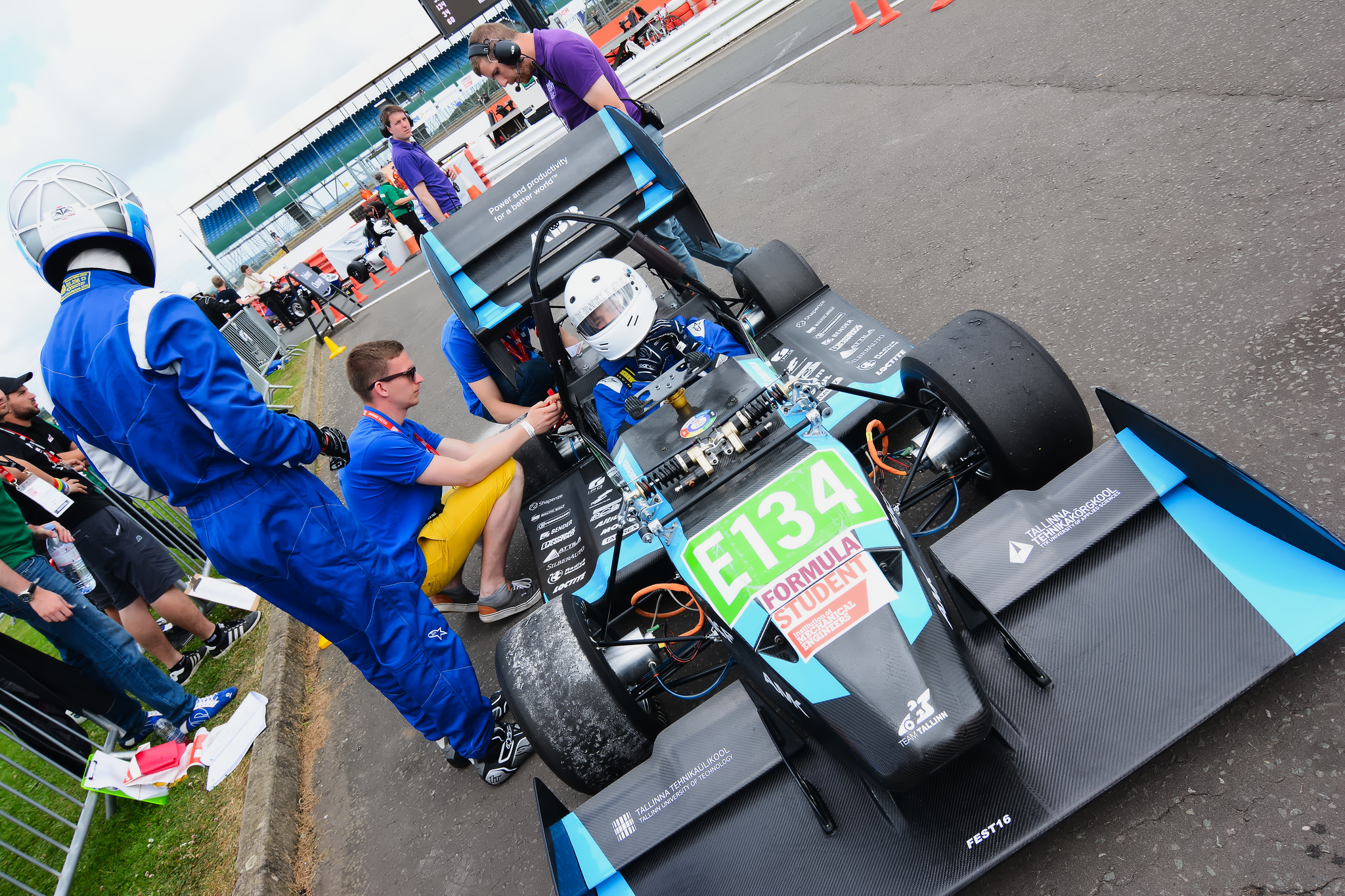
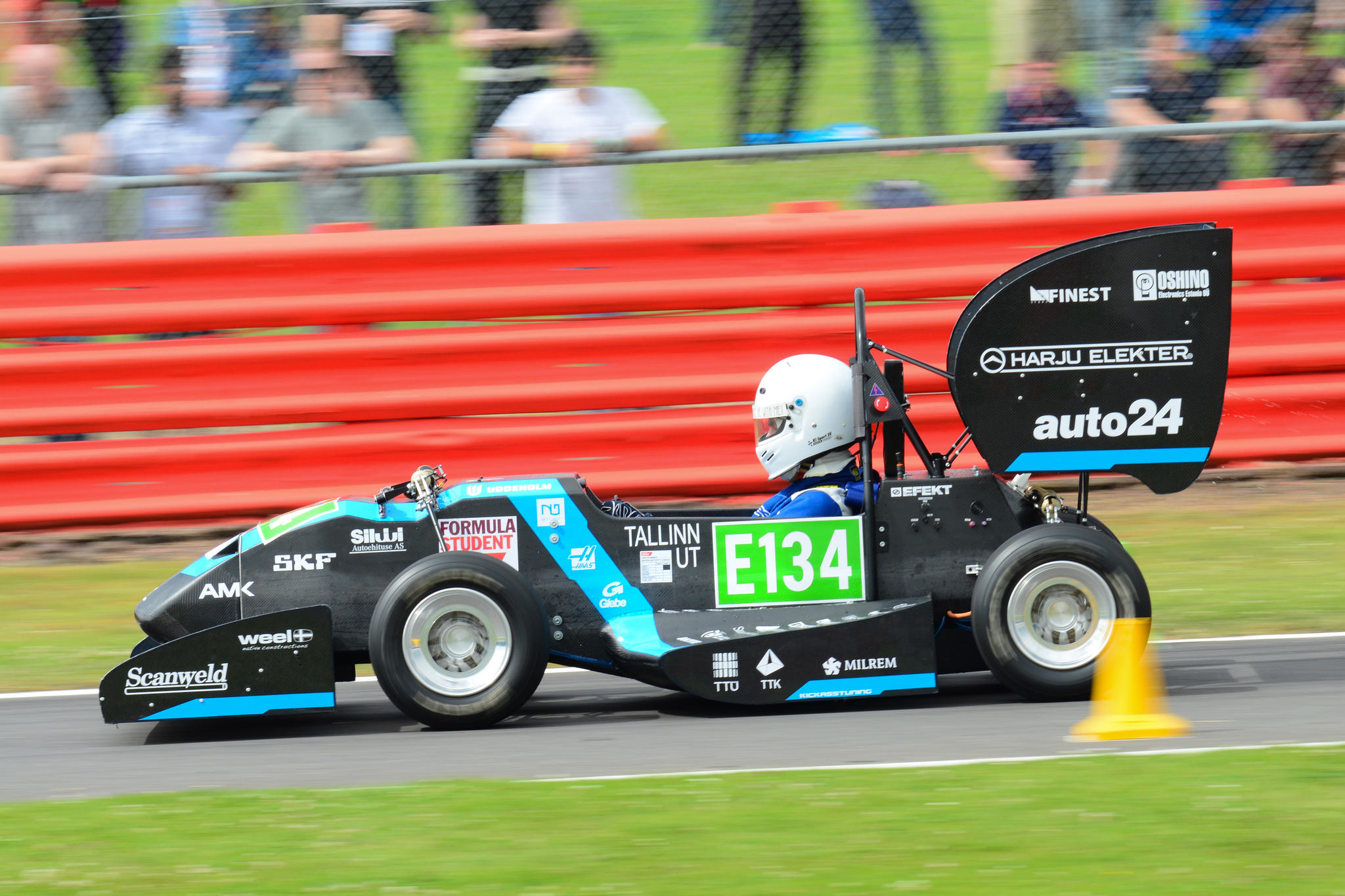
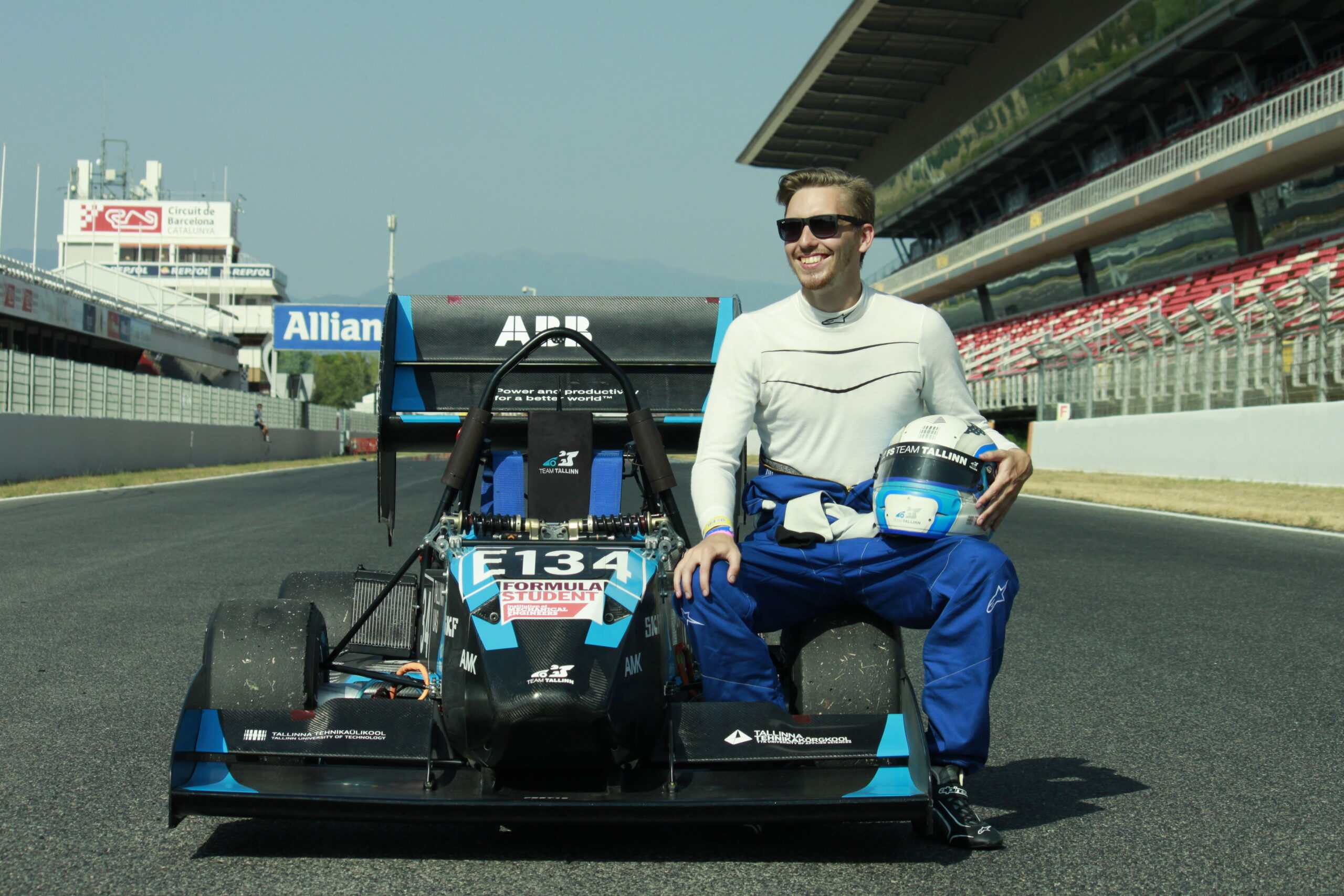
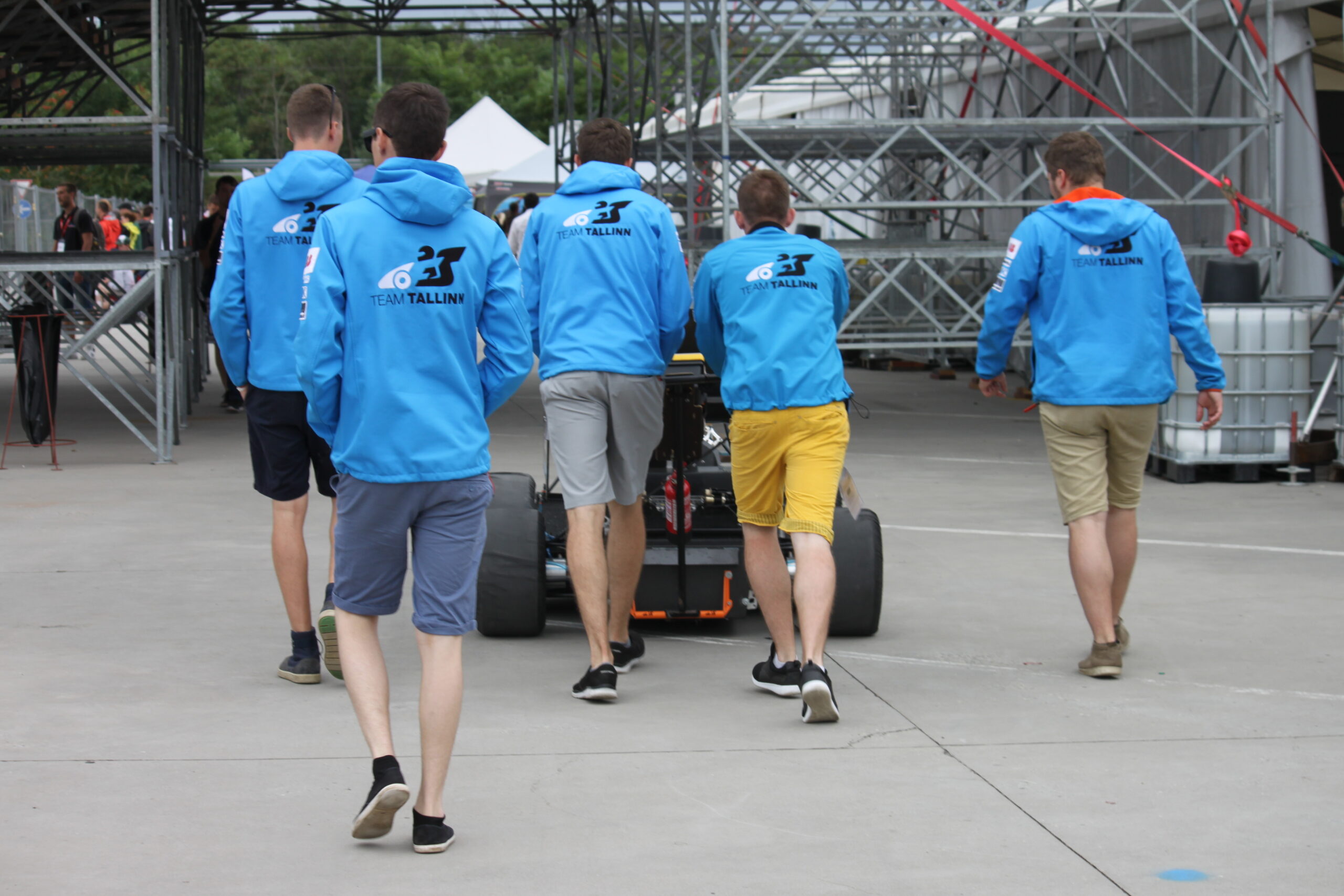
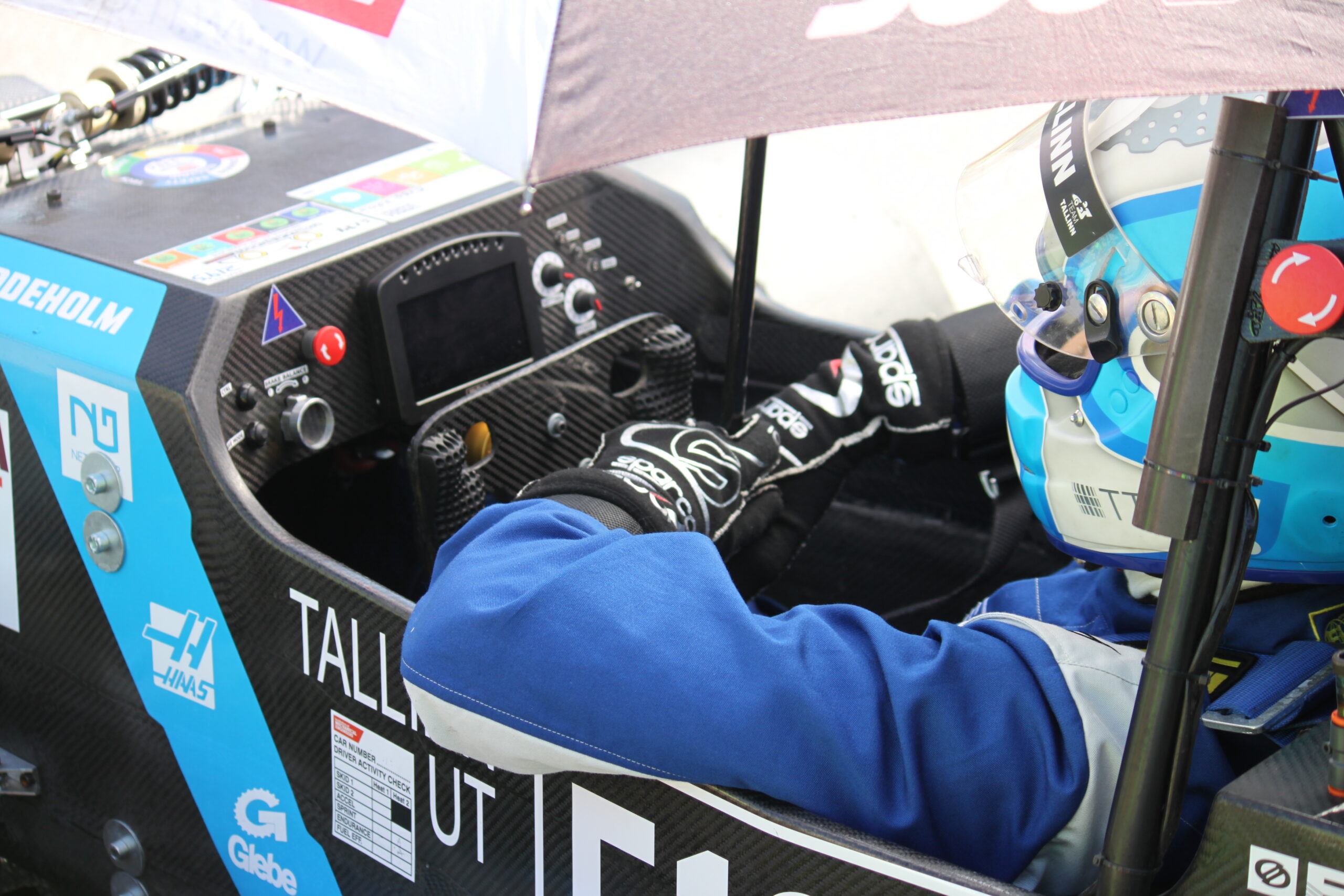
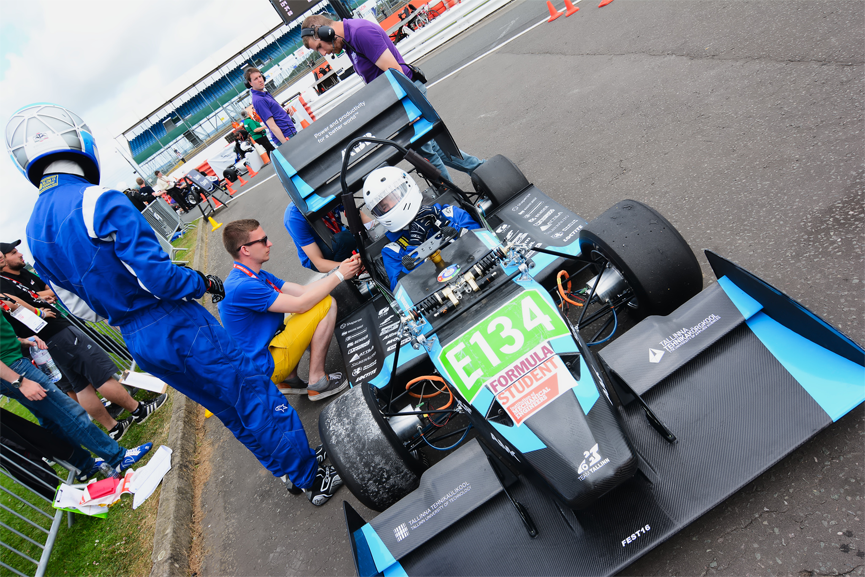
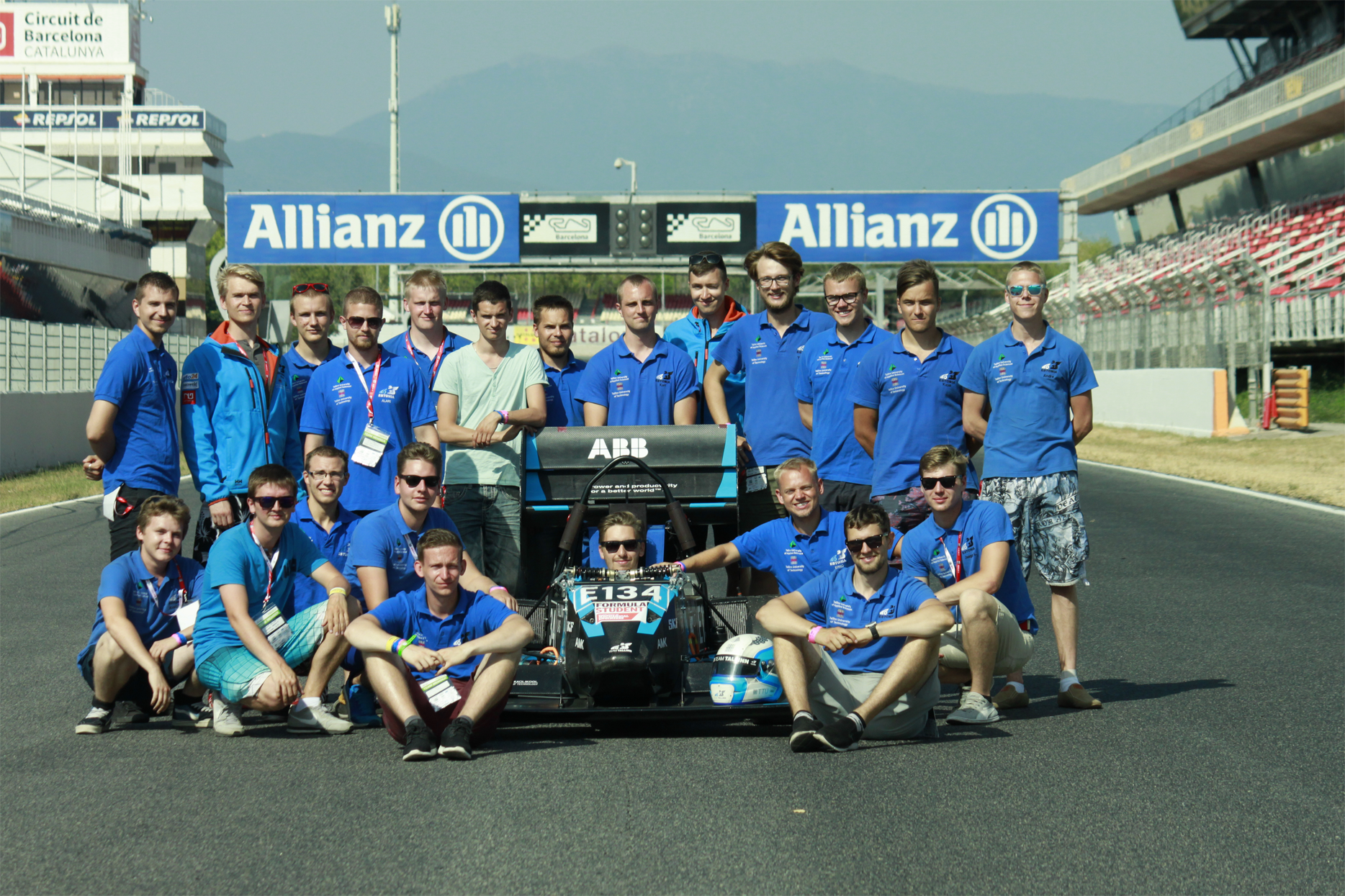
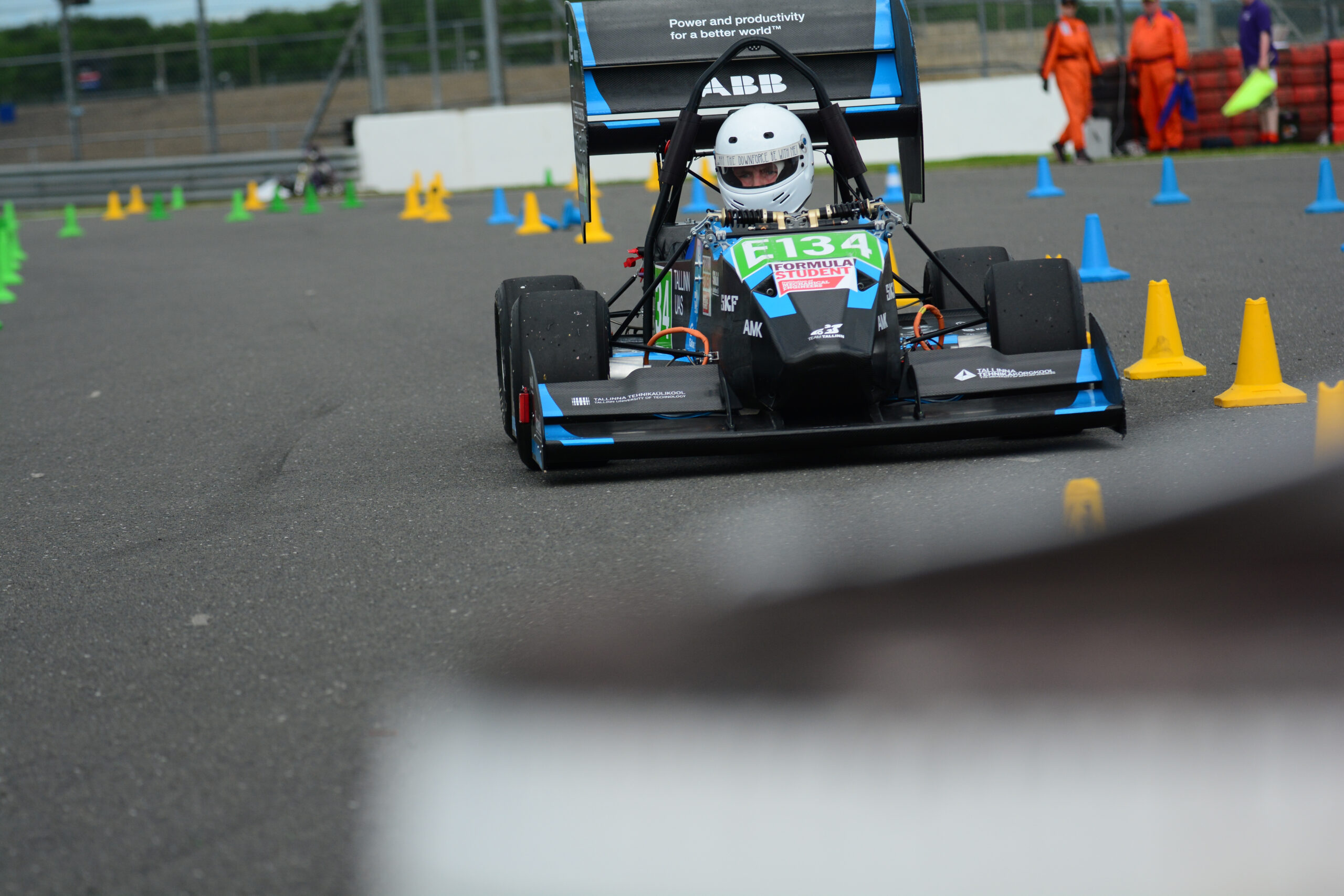
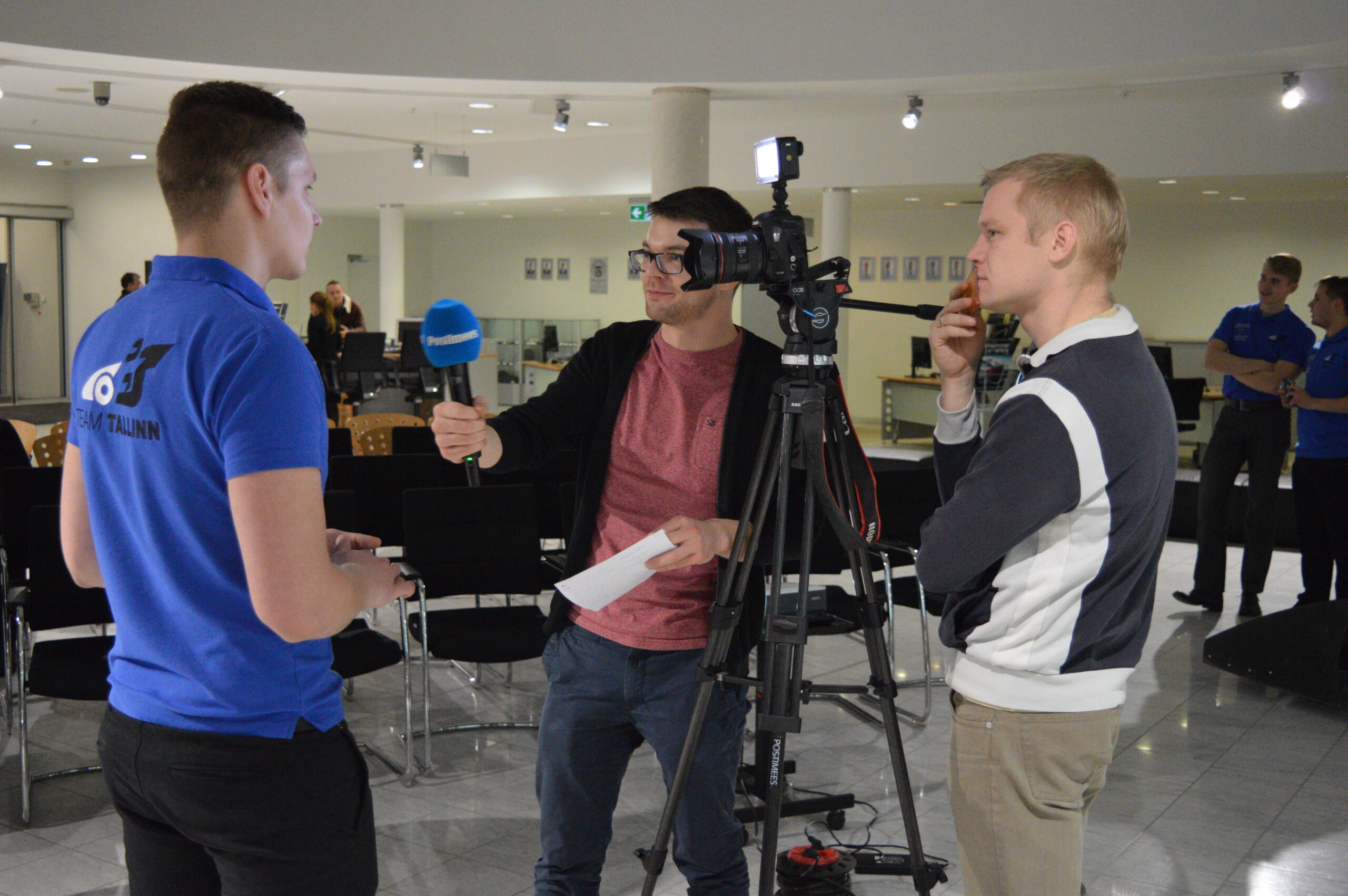









Management
Team Supervisor
Rainer Lepik
Team Captain
Raiko Annask
The Sub-Teams
- Composites
- Suspension
- Electronics
- Admin
Joonas Eamets
FEST13/14
Sander Viitak
FEST15
Erko Hermann
FEST15
Siim Starke
FEST15
Hendrik Kergand
FEST15
Raiko Annask
FEST13/14/15
Sander Parts
FEST14
Jonar Ilves
FEST15
Sven Ruugla
Mait Aruste
FEST15
Andre Hade
Indrek Petjärv
FEST15
Jaagup Laaser
Janno Ligur
Konrad Ilustrumm
Siim Jürgenstein
Aleksandr Stennikov
FEST14/15
Mario Stepanov
FEST14/15
Stiven Vesi
FEST14/15
Martin Ploom
FEST15
Kaarel Värk
Tõnis Tokman
Ragnar Sinikas
Karl Kalmet
FEST15
Kristjan Nikolai
FEST15
Jürgen Soom
FEST15
Kaarel Repän
Alari Rotka
FEST15
Alan Laul
FEST15
Riho Koop
Kristian Kajak
Geili Pais
FEST14/15
Britta-Patricia Niinep
Raiko Annask
FEST13/14/15
Rainer Lepik
FEST12/13/14
Indrek Petjärv
FEST15